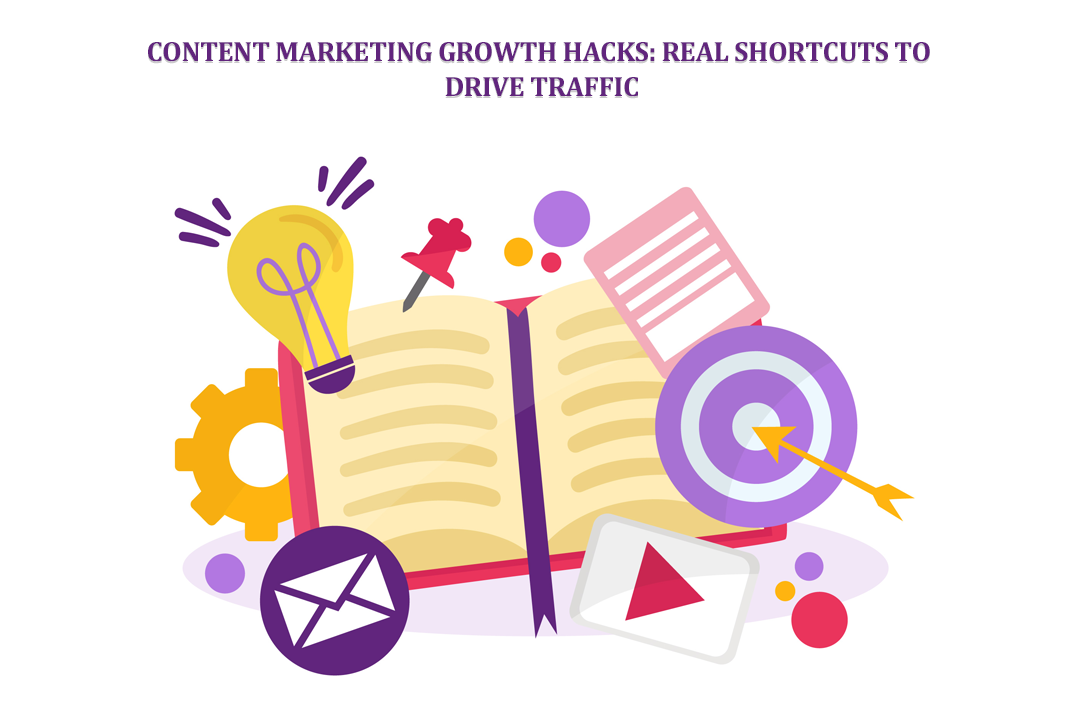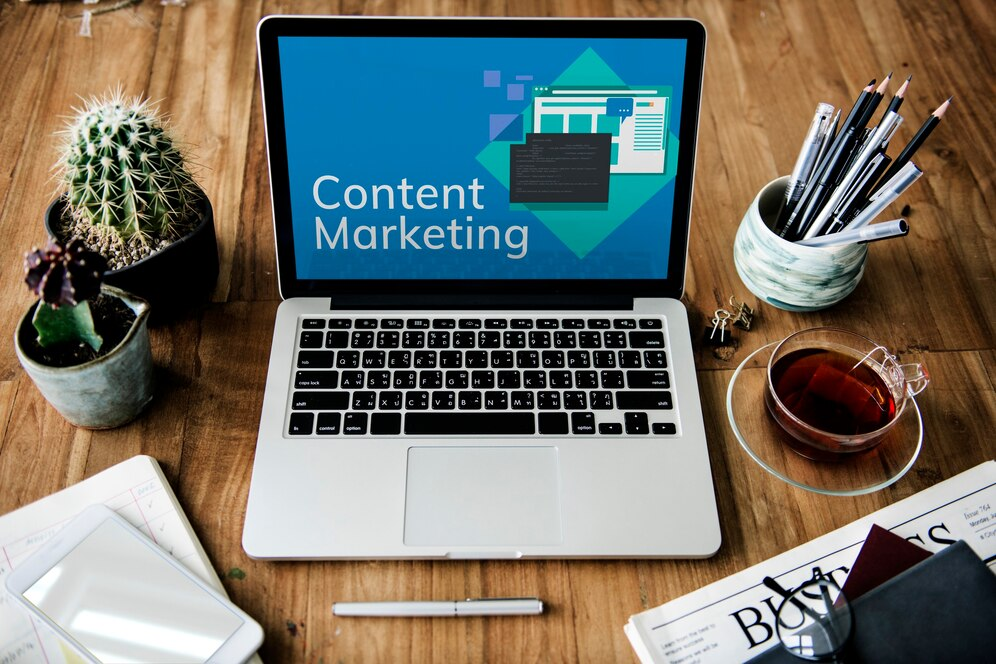How to Use SEO and SEA Together in Search Engine Marketing
In digital marketing, search engine marketing (SEM) plays a critical role in improving online visibility. SEM combines both paid and organic tactics to help content appear more prominently in search results, boosting the potential to attract targeted traffic to your website.
Quick Links
The primary components of SEM are Search Engine Optimization (SEO) and Search Engine Advertising (SEA). SEO emphasizes non-paid techniques such as optimizing content, applying a strategic keyword approach, and enhancing site structure. SEA, on the other hand, involves paying for ads that appear in search results, offering quicker placement and immediate reach to users.
Understanding how these strategies complement each other can bring more reliable outcomes. You can learn about SEO and SEA here.
By combining SEO and SEA, businesses create a comprehensive method to reach users at various points along their online journey.
What SEO Offers
SEO is centered around organically boosting a website’s position in search results. Through the application of various strategies, it helps generate continuous exposure without the necessity of ongoing ad spend. It aligns your site with search engine algorithms by optimizing content and enhancing technical structure.
Implementing good SEO practices ensures that your site is easy to understand for both search engines and users. This includes improving usability features like loading speed, mobile responsiveness, and streamlined navigation. Over time, these improvements contribute to stronger rankings.
How SEO Functions
Effective SEO combines on-page and off-page methods to improve visibility. On-page techniques include optimizing titles, meta tags, internal links, and using relevant keywords throughout your content. These practices help search engines better understand the relevance of your pages.
Off-page tactics like building backlinks from reputable sites contribute to your authority online. Likewise, ensuring your website is indexed properly, implements structured data, and offers mobile-friendly design further supports rankings.
SEO requires ongoing effort but provides long-lasting rewards.
The Long-Term Value of SEO
Unlike paid advertising, SEO does not stop delivering once spending is paused. Pages that rank well continue drawing traffic without extra cost. This consistent flow improves not just visits but also user trust, as highly ranked content is often perceived as more credible.
Moreover, SEO contributes to other performance aspects such as reduced bounce rates and increased dwell time. Optimized sites tend to have faster load times and offer more relevant content, encouraging visitors to stay longer and engage more deeply.
Methods That Improve SEO
Several practices help maintain solid SEO performance. Begin by targeting keywords that reflect real search behaviors, considering not just search volume but intent behind each query.
Craft content that thoroughly answers reader questions, avoids keyword stuffing, and maintains natural readability. Structure the website with intuitive menus and responsive design to assist both users and search engines.
Keep content up to date and gain backlinks from credible websites to reinforce your standing. These combined efforts lead to stronger search performance.
How SEA Brings Faster Results
SEA provides a fast and efficient way to reach your intended audience by paying for search engine placements. It’s particularly effective for launching new products, promoting events, or targeting competitive keywords where organic ranking may be difficult.
By creating compelling ads and strategically selecting keywords, businesses can direct high-quality traffic to specific pages almost instantly after a campaign goes live.
How SEA Works
SEA functions through platforms like Google Ads, where advertisers bid on keywords tied to their offerings. When users enter those keywords into a search engine, your ad may appear at the top of the page.
Success hinges on keyword bid value and the relevance of your ad content. Search engines consider both factors to determine ad placement, helping ensure audiences see the most relevant results. It’s a fast-track method to visibility while working on long-term SEO strategies.
The Upside of Using SEA
This method is ideal for gaining reach quickly. Whether it’s a limited-time sale or a new product release, SEA gets your offer in front of the right people at the right moment. Advertisers can specify their audience by demographics, behavior, and location, among other factors.
What makes SEA especially appealing is the ability to track campaign performance closely. Advertisers can see what’s working, pause campaigns that aren’t, and reallocate budgets for greater impact.
SEA Strategies for Better Performance
Strong SEA campaigns start with selecting high-performing keywords that align with business objectives. Ad copy should match these keywords and speak to the user’s specific needs.
Landing pages must continue this consistency, offering tailored messages that reflect the ad’s promise. Ensuring cohesion between ad and landing page improves quality scores and maximizes conversion rates.
Constant analysis, A/B testing of ad variations, and bid adjustments all play a role in boosting the campaign’s overall impact.
Bringing SEO and SEA Together
When used together, SEO and SEA complement each other to create a balanced search strategy. One provides immediate visibility, while the other builds lasting presence.
Ways They Support Each Other
SEA offers real-time keyword data that serves as useful insight for SEO planning. If a paid campaign performs well for certain keywords, those terms can guide the creation of organic content for longer-term benefit.
Conversely, SEO data can expose niche queries and content gaps, informing new angles for ad campaigns. Coordinating both channels allows for better resource allocation based on performance and trends.
This synergy gives businesses the flexibility to respond quickly to market changes or algorithm updates while holding a consistent position in search results.
Coordinating Efforts Toward Growth
To make both strategies work in sync, define the user’s online path—from search query to final action. Use this journey as a guide for developing parallel SEO and SEA strategies.
Ensure messaging and keyword intent align in both ad and organic content. Keep content themes, calls to action, and language consistent to reinforce familiarity and clarity for users.
Regularly monitor outcomes to spot where each method is performing best and where adjustments can create stronger cross-channel results.
SEM as Part of a Broader Digital Plan
Search Engine Marketing goes beyond boosting search rankings—it functions as a central piece in overall digital efforts. It guides users from curiosity to conversion using a blend of visibility tactics.
Activating both SEO and SEA simultaneously strengthens your digital reach and supports a more stable presence across search platforms.
The Value of SEM
Having a presence in both the paid and organic sections of a search results page increases visibility and can boost the perceived relevance of a business. SEO ensures your content matches what your audiences need, while SEA helps secure top positions during critical moments.
This combined visibility expands your touchpoints with users and encourages repeated interaction, contributing to better brand recall.
SEM reveals important data on user engagement and search behavior that informs strategy across other digital channels.
Staying Visible with SEM
Consistency is key. SEO needs periodic content refreshes, and SEA campaigns require ongoing tweaks based on analytics. Merge data from both efforts for well-rounded insights.
Focus on designing experiences that are smooth and unified—regardless of how users discover your brand. Unifying your messaging enhances clarity and supports engagement.
With continued review and coordinated execution, SEM enables a strong and stable presence in a competitive digital environment.
Content Marketing Growth Hacks: Real Shortcuts to Drive Traffic
Are you still lagging in content marketing? Sticking to these old strategies seems…
0 Comments10 Minutes
How to Build a Strong Local Following Using Social Media Marketing
In the days of likes, shares, and stories, local businesses have a golden opportunity to create…
0 Comments9 Minutes
Why WooCommerce is the Best Choice for Your Online Store?
WooCommerce stands out as a top option for anyone looking to build an online store. This platform…
0 Comments8 Minutes
How to Use AI-Powered SEO Tools for WordPress eCommerce
SEO is a critical factor in the success of any e-commerce WordPress store. As competition…
0 Comments11 Minutes
Why Short-Form Videos Are the Future of Content Marketing
Your Instagram customers spend over 50% of their time watching short-form videos and reels. Rather…
0 Comments12 Minutes
The Role of Digital Marketing in Business Growth
Online marketing touches every aspect of a business, whether it is initiating the idea or for an…
0 Comments3 Minutes
AI Meets Authenticity: Balancing Automation and Human Touch in Content Marketing
Is your brand starting to sound like a robot? In a world where algorithms write faster than any…
0 Comments8 Minutes
Essential Tools for Enhancing Web Design and UX Hosting
Have you ever visited a website that felt slow, clunky, or confusing? A website that is poorly…
0 Comments11 Minutes








